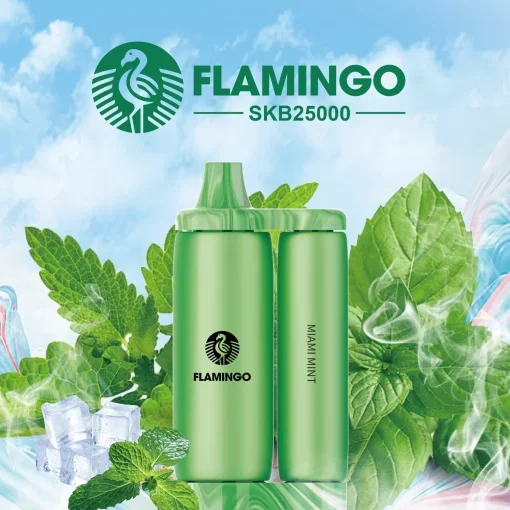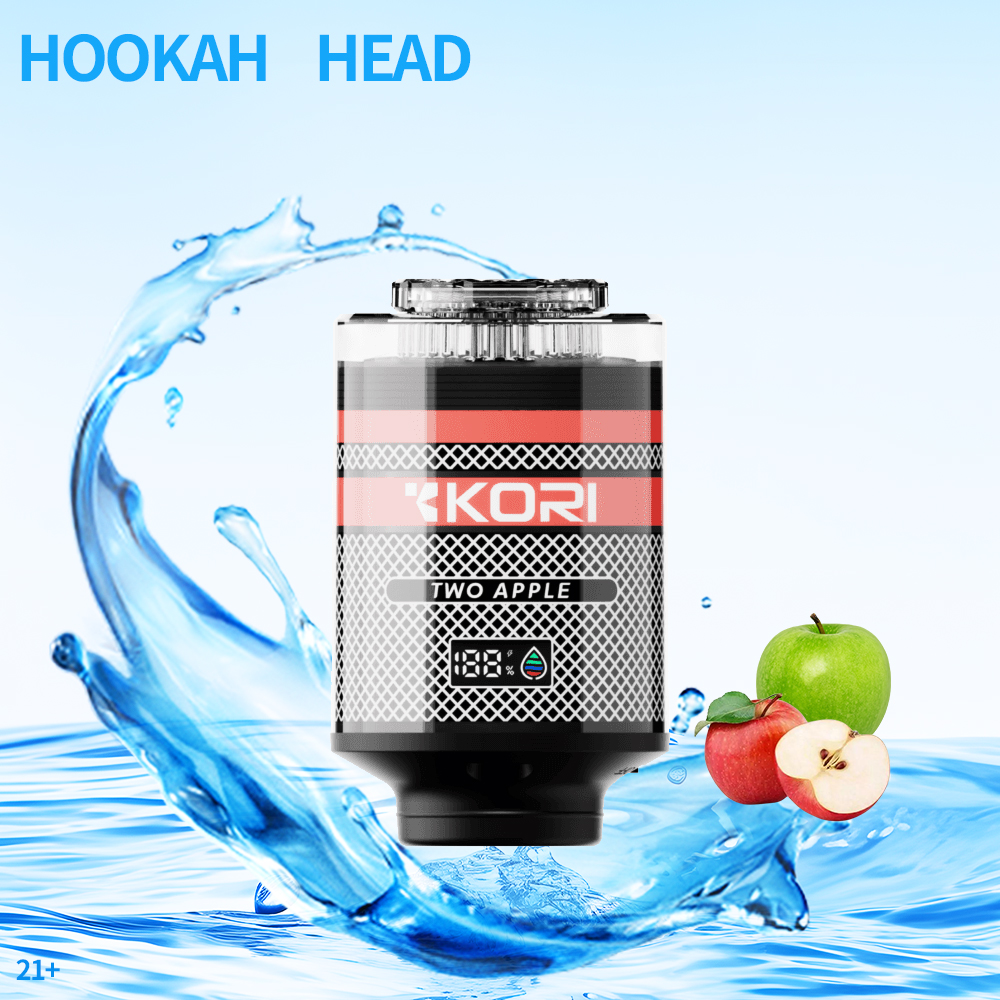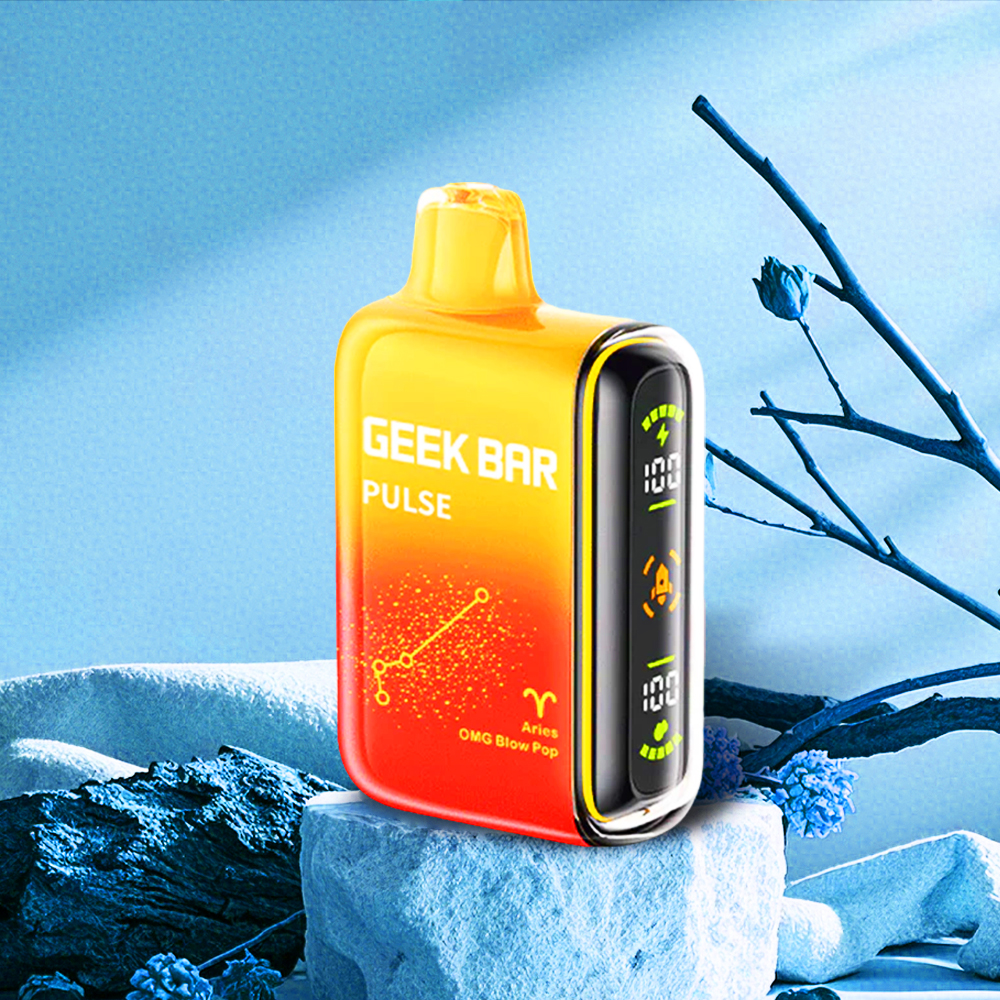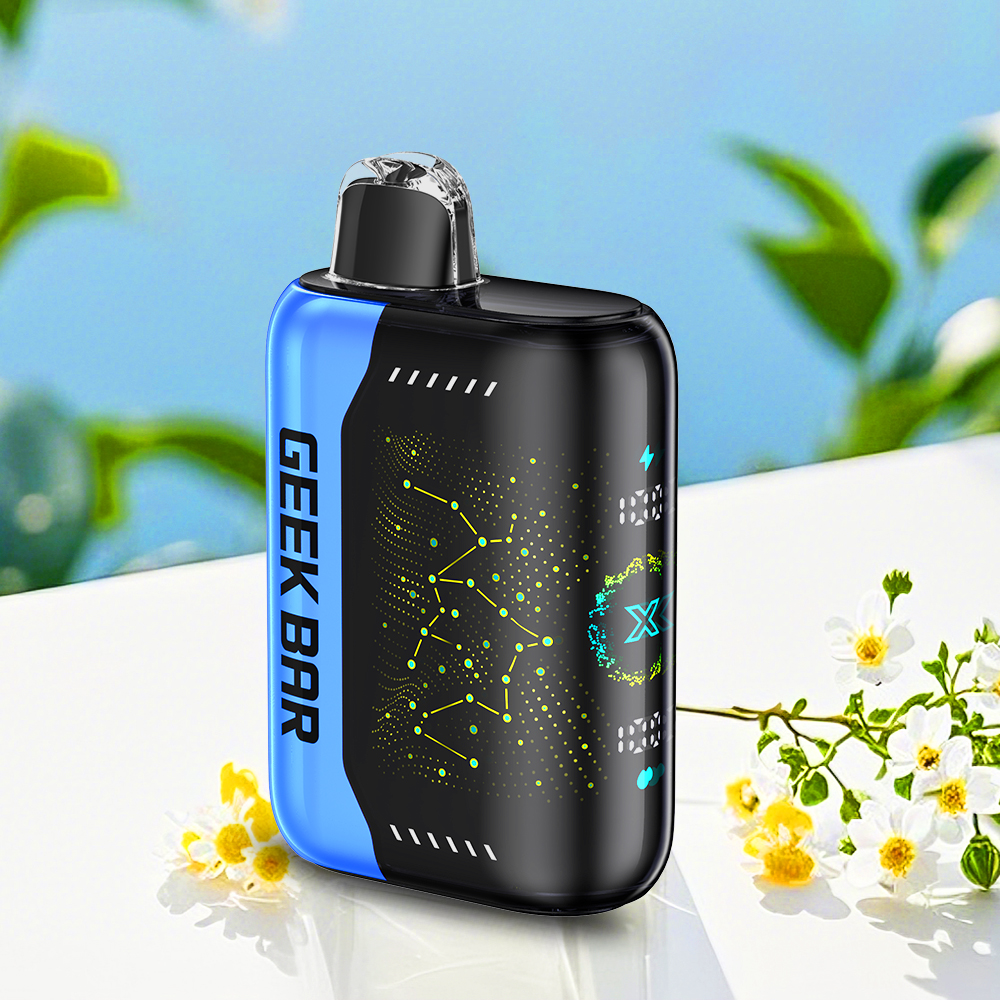The Rise of Vaping: Insights from a 2018 NCBI Study on Vape Shops
In recent years, vaping has surged in popularity, especially among younger demographics. This intriguing behavioral shift has drawn the attention of public health officials and researchers alike. A pivotal 2018 study published on the National Center for Biotechnology Information (NCBI) website illuminated various aspects of vaping and its rising cultural acceptance. This article will explore the findings and implications of the study while examining the impact of vape shops on consumer behavior and public health.
Understanding the 2018 NCBI Study
The 2018 NCBI study aimed to assess the prevalence of vaping, focusing on vape shops as critical players in the market. The researchers conducted extensive surveys, gathering data from various consumer demographics to understand their motivations for using vaping products. Findings revealed that vape shops significantly influenced consumer choices, providing an assortment of devices and liquids that catered to individual preferences. Through engaging in personalized consultation, these shops educated users about the products, enhancing the overall vaping experience.
Key Findings
- Increased Accessibility: The study noted that vape shops became increasingly accessible in urban areas, creating a community where users felt welcomed and informed.
- Diverse Product Range: Unlike traditional tobacco products, vape shops offered a wide variety of flavors and devices, allowing users to customize their experiences.
- Younger Demographics: The findings indicated a marked increase in vaping among younger individuals, particularly those aged 18-24, raising concerns about long-term health effects.
- Social Acceptance: Vaping emerged as a social activity, with consumers often choosing to vape in groups, leading to a change in the perception of smoking.
The Role of Vape Shops in Shaping Consumer Behavior
Vape shops serve more than just a retail function; they act as communal hubs where users congregate to share experiences, learn, and explore products. According to the study, the atmosphere in these shops encourages social interaction, which in turn reinforces the behavior of vaping. This communal aspect, unlike traditional tobacco use often associated with isolation, has changed the landscape of how individuals engage with nicotine products. Furthermore, the personalized service offered by vape shop employees enhances customer loyalty and trust, a pointed contrast to conventional outlets where products are often positioned without guidance.
Customer Education and Awareness
Education plays a crucial role in the vaping landscape. Many consumers visit vape shops seeking not only products but also knowledge about safe usage practices, health implications, and product differences. The NCBI study highlighted that knowledgeable staff could significantly influence customer choices by providing accurate information on the varying effects of vaping compared to traditional smoking. This educational aspect is vital, especially for younger consumers who may not fully understand the risks involved.
Public Health Implications
With vaping becoming more prevalent, public health implications must be considered. The study underlined a complex relationship between vaping and public health; while vaping is often viewed as a less harmful alternative to smoking, it's essential to approach this with caution. The rise in popularity among youth leads to concerns surrounding addiction and the potential for transitioning to traditional tobacco products. The researchers advocated for balanced regulations that would allow for safer vaping practices while minimizing the risk of underage access to nicotine products.
The Need for Continued Research
The ongoing evolution of vaping necessitates further research to fully understand its societal impacts. The NCBI study serves as a foundation, but as the industry continues to grow, so must our understanding. Researchers recommend longitudinal studies to track user behavior over time and the potential long-term health effects of vaping. The dynamic nature of the market also calls for regular updates to regulations to ensure that public health is prioritized amidst evolving consumer preferences.
The Future of Vaping and Vape Shops
As we look toward the future, one thing is clear: vape shops will remain an integral part of the vaping landscape. Their role in shaping consumer perceptions and behaviors cannot be understated. The study from 2018 illustrated the impact of these outlets, serving not only as retail spaces but also as educational hubs that fostered community. The continued growth of the vaping industry will depend on the ability of these shops to navigate regulatory changes while maintaining consumer trust.
Adapting to Change
Vape shops must adapt to the evolving landscape of vaping, incorporating educational initiatives and responsible practices to guide consumers. Furthermore, as competition increases, those that embrace innovation and provide exceptional customer experiences will thrive. This includes offering workshops on safe vaping practices, tastings of new flavors, and community events that promote a responsible vaping culture.
Weighing Risks and Benefits
The essential discourse surrounding vaping continues to emphasize the need for a balanced perspective. While advocates highlight the potential benefits of vaping as a smoking cessation tool, opponents caution against the unknown risks associated with its long-term use. As the vaping industry matures, ongoing dialogue among health professionals, researchers, and consumers will be essential in navigating these complexities responsibly.
In conclusion, the journey of vaping, underscored by insights from the 2018 NCBI study, reveals a dual narrative of opportunity and caution. Embracing this transformation involves a commitment to education, regulation, and understanding the broader impact of vaping culture on public health. As vape shops continue to play a vital role in this narrative, the future of vaping will unfold in tandem with consumer awareness and community engagement.





